AC Maintenance Checklist: What to Do Before Summer Heat Arrives in Florida
To ensure a comfortable summer in Florida, it's crucial to prioritize the maintenance of your AC system. In this section, discover the importance of AC maintenance before the summer heat hits. We'll explore how proper maintenance can save you from potential discomfort and costly repairs.
Importance of AC maintenance before the summer heat
AC maintenance is essential before summer heat to ensure optimal performance and efficiency. Regular maintenance helps in preventing unexpected breakdowns, prolongs the lifespan of the AC unit, and improves indoor air quality. Neglecting maintenance can lead to increased energy consumption and costly repairs.
To avoid discomfort during scorching summer days, it is crucial to prioritize AC maintenance. Dust and dirt accumulate in the filters over time, obstructing airflow and reducing cooling efficiency. Routine cleaning or replacement of filters can significantly improve air circulation while reducing energy consumption. Additionally, checking for refrigerant leaks, cleaning coils, and lubricating moving parts are important steps in maintaining a smooth operation.
Not only does regular AC maintenance enhance performance, but it also ensures better indoor air quality. Over time, pollutants like dust, pollen, and mold can accumulate in the AC system. These contaminants are then circulated throughout the space when the AC is turned on. Proper cleaning and maintenance eliminate these harmful particles, providing a healthier living environment for you and your family.
Let me share a story that emphasizes the importance of AC maintenance. Sarah had neglected her AC maintenance for several years until one hot summer day when her unit suddenly stopped working. It turned out that the lack of routine servicing had caused a major malfunction that required expensive repairs. Sarah regretted not prioritizing regular maintenance as it not only cost her financially but also made her endure sweltering heat for days.
Getting ready for AC maintenance is like prepping for a friendly visit from the Exorcist - it's all about surviving the demon inside.
Preparing for AC maintenance
To ensure your AC is ready for the scorching summer heat, turn to Roman's Service Cooling & Heating in North Port, Florida. Identify a reputable AC service provider in North Port, Florida, and schedule an appointment for AC maintenance. These simple steps will help you maintain a comfortable and functioning cooling system throughout the summer.
Identifying a reputable AC service provider in North Port, Florida
Experience: Look for a company with substantial experience in the industry. An established AC service provider is more likely to have the expertise and knowledge needed to address any issues that may arise.
Reputation: Research customer reviews and testimonials to gauge the reputation of potential AC service providers. A company with positive feedback and satisfied customers is a good indicator of reliable and quality services.
Licensing and Certifications: Verify if the AC service provider is licensed and certified by relevant authorities. This validates their adherence to industry standards and regulations, giving you confidence in their ability to handle your AC system.
Range of Services: Consider an AC service provider that offers comprehensive services such as installation, maintenance, repairs, and replacements. This ensures that all your AC needs can be addressed by a single reliable source.
Furthermore, it's important to mention that while finding a reputable AC service provider in North Port, Florida is essential, there are additional factors worth considering. For instance, inquire about their response time during emergencies or if they offer any warranties on their workmanship or parts used.
As you embark on finding the right AC service provider for your needs, remember the importance of making a prompt decision. Don't miss out on timely maintenance or repairs that could lead to further damage or discomfort. Take action now and secure the services of a reputable AC service provider in North Port, Florida to ensure optimal functionality and longevity of your air conditioning system.
No need to break a sweat trying to schedule your AC maintenance appointment, just remember that procrastination and a broken AC make for a steamy combination.
Scheduling an appointment for AC maintenance
To schedule an appointment for AC maintenance, follow these simple steps:
- Evaluate your cooling needs and determine the best time for maintenance. Consider factors like the age of your AC unit and the time since its last maintenance.
- Research and choose a reputable HVAC service provider in your area. Look for companies with positive reviews, experienced technicians, and competitive pricing.
- Contact the chosen HVAC service provider by phone or their website. Provide relevant details such as your location, preferred date, and any specific concerns you may have.
While scheduling your appointment, remember to inquire if there are any special offers or discounts available. Ensure that you allocate enough time for the technician to thoroughly inspect and clean your AC system.
Don't miss out on the opportunity to keep your AC running smoothly all summer long. Schedule your appointment today to beat the rush and avoid any potential breakdowns during peak usage periods.
Get your AC ready for its annual checkup, because, unlike your ex, this relationship is actually worth investing in.
Checklist for AC maintenance
To ensure your AC is in peak condition before the summer heat hits Florida, follow this AC maintenance checklist. Start by cleaning or replacing air filters, then move on to cleaning the condenser unit and removing debris. Next, check and adjust thermostat settings. Inspect and clean evaporator coils, and don't forget to check and lubricate fan motors and belts. Inspect and clean ductwork, test electrical connections, and safety controls, and finally, check refrigerant levels and recharge if necessary.
Cleaning or replacing air filters
- Regular cleaning or replacement of air filters helps in maintaining proper airflow and ventilation.
- Clogged filters restrict airflow, making the AC work harder, leading to increased energy consumption.
- Dust, dirt, and debris accumulate on the filters over time, reducing their ability to filter out allergens and pollutants from the air.
- Clean or replace the filters every 1-3 months, depending on usage and manufacturer's recommendations.
- Using high-quality filters improves indoor air quality by capturing microscopic particles, such as pollen and pet dander.
Furthermore, it is essential to note that neglecting proper maintenance of air filters can result in decreased AC performance
and potential breakdowns. Keep in mind that each AC unit has specific filter requirements based on its size and design.
According to a study conducted by the Energy Star program, dirty air filters can increase energy consumption by up to 15%.
Remember, cleaning your condenser unit is like removing debris from your life - it's messy, but necessary to keep things cool.
Cleaning condenser unit and removing debris
Cleaning the condenser unit and removing debris is an essential part of AC maintenance. Neglecting this task can lead to reduced efficiency and increased energy consumption. To ensure the optimal functioning of your AC, follow these three steps:
- Clean the exterior: Start by turning off the power supply to the condenser unit. Gently remove any leaves, twigs, or other debris that may have accumulated on or around the unit. Be cautious not to damage any fragile parts while cleaning.
- Wash the condenser coils: Carefully remove the protective grille or cover from the unit. Use a soft brush or vacuum cleaner to remove dirt and dust from the fins of the coils. Ensure thorough cleaning as even a thin layer of grime can hinder its performance.
- Clear blocked vents: Examine the vents closely for any obstructions that might impede airflow. Use a brush or compressed air to clear away dirt or debris blocking these openings. This will allow proper circulation of air, leading to improved cooling efficiency.
Keep in mind that regular maintenance extends the lifespan of your AC system and helps maintain optimal performance during hot summer days.
To emphasize the significance of proper condenser unit cleaning, I'd like to share a true incident. Recently, a friend neglected this essential maintenance task and noticed their AC struggling to keep up with cooling demands on a scorching day. The culprit was a clogged condenser filled with leaves and debris that had accumulated over time. After thoroughly cleaning it out, they witnessed an immediate improvement in their AC's performance - it was able to cool their home more efficiently than before.
Remember, neglecting simple tasks like cleaning the condenser unit can lead to bigger problems down the line. So take a few minutes out of your schedule for regular maintenance and enjoy hassle-free cooling all summer long!
Don't rely on your thermostat to keep you cool, it's just a fancy thermometer playing mind games with your comfort.
Checking and adjusting thermostat settings
- Check the current temperature setting on your thermostat. Ensure it is set at the desired comfort level.
- Verify if the thermostat is in the correct mode, such as cool or heat, depending on your preference.
- Inspect the batteries of your thermostat for any signs of corrosion or depletion. Replace them if necessary.
- Calibrate your thermostat by using a separate thermometer placed close to it. Adjust the settings accordingly for accurate temperature control.
Moreover, it is crucial to keep the area around your thermostat clean from any obstructions that could affect its performance.
Pro Tip: Consider upgrading to a programmable thermostat to enhance energy efficiency and optimize comfort levels.
Cleaning evaporator coils is like giving your AC a spa day, except instead of cucumbers on its eyes, it gets rid of all the dirt and grime that's been building up.
Inspecting and cleaning evaporator coils
- Start by turning off the power to your AC unit. Safety should always be a priority when working with electrical appliances.
- Next, locate the evaporator coils within your AC unit. These coils are responsible for absorbing heat from the air and cooling it down. Inspect them carefully for any signs of dirt, debris, or mold buildup.
- Once you have identified any dirt or debris, gently clean the evaporator coils using a soft brush or a vacuum with a brush attachment. Be sure to remove all traces of dust and dirt, as they can hinder airflow and reduce efficiency.
It's worth noting that if you are uncomfortable performing this maintenance task yourself, it's best to seek professional help. Expert technicians have the knowledge and experience to clean your evaporator coils thoroughly without causing any damage.
Maintaining clean evaporator coils not only ensures optimum efficiency but also extends the lifespan of your AC unit. By regularly inspecting and cleaning these coils, you can avoid costly breakdowns and enjoy cool temperatures during scorching summers.
Don't miss out on the benefits of properly maintaining your AC unit. Take action now and keep those evaporator coils in top-notch condition for a comfortable living environment throughout the year!
Remember, just like Kanye West's ego, your fan motors and belts need regular checking and lubricating to keep things running smoothly.
Checking and lubricating fan motors and belts
Here is a simple 3-step guide to help you check and lubricate fan motors and belts:
- Visual Inspection: Start by visually inspecting the fan motors and belts for any signs of wear or damage. Look out for frayed belts, loose connections, or excessive dirt buildup. If you notice any issues, it may be necessary to replace the belts or tighten the connections.
- Cleaning: Use a soft cloth or brush to gently clean the fan motors and belts. Remove any debris or dirt that may have accumulated over time. This will not only improve the performance of your AC but also prevent further damage to these components.
- Lubrication: Check the manufacturer's guidelines to determine if your fan motors require lubrication. If so, apply a small amount of lubricating oil to the designated areas as recommended by the manufacturer. Be careful not to over-lubricate, as this can lead to excessive friction and potential damage.
It's important to note that each AC unit may have specific requirements for checking and lubricating fan motors and belts, so it's always best to refer to the user manual or consult with a professional technician.
In addition, proper maintenance of these components can extend their lifespan and improve overall AC performance, resulting in lower energy consumption and reduced repair costs.
Now let me share with you a true story related to this topic:
A few years ago, my friend neglected regular maintenance for her AC unit, including checking the fan motor and belt lubrication. One hot summer day, her AC suddenly stopped working due to a damaged belt that had completely snapped. It was an uncomfortable experience for her family until they were able to get it repaired. Since then, she has learned the importance of regular inspection and maintenance for her AC system.
Remember, taking the time to check and lubricate your fan motors and belts can go a long way in ensuring the smooth operation of your AC unit and preventing unexpected breakdowns. So make it a part of your regular maintenance routine for optimal cooling comfort.
If you find any critters living in your ductwork, don't worry, they're just trying to stay cool too.
Inspecting and cleaning ductwork
- Start by inspecting the exterior of the ductwork for any visible signs of damage or leaks. Look for loose connections, cracks, or holes that may need sealing or repair.
- Next, remove any debris or dust buildup from the external surface of the ducts using a soft brush or vacuum cleaner attachment. Be careful not to damage the ductwork while doing so.
- Proceed to inspect the interior of the ductwork by accessing it through access points or registers. Use a flashlight to spot any signs of dirt, mold, or pest infestation.
- If you notice significant dirt or dust accumulation inside the ducts, consider hiring a professional air duct cleaning service for a thorough cleaning.
- In case you decide to clean the ductwork yourself, use a mild detergent and water solution to wipe down the inner surfaces carefully. Avoid using harsh chemicals that could damage the ducts or leave behind toxic residues.
- Finally, don't forget to replace any dirty air filters in your AC system regularly. This will prevent excessive debris from entering and accumulating within your ductwork.
Additionally, remember that regular maintenance helps prolong your AC's lifespan and improves energy efficiency, reducing overall operating costs.
Pro Tip: Consider scheduling professional maintenance at least once every two years for a comprehensive inspection and cleaning of your entire AC system, including the ductwork. Ensuring your AC's electrical connections are secure is like making sure your ex's new relationship is bound to fail.
Testing electrical connections and safety controls
Here is a simple 3-step guide to help you test electrical connections and safety controls effectively:
- Inspect all electrical connections: Start by switching off the power supply before conducting any inspection. Carefully examine all electrical connections for signs of damage or loose wires. If you notice any issues, it's important to address them promptly to prevent further problems.
- Test safety controls: Your AC system has various safety controls in place to ensure efficient operation and reduce risks. Check that these controls, such as high-pressure switches, low-pressure switches, and limit switches are working correctly. Consult your manufacturer's manual for specific instructions on how to test each control.
- Use a multimeter: A multimeter is a handy tool that allows you to measure voltage, current, and resistance in electrical circuits. Utilize a multimeter to check the voltage at different points in your AC system, ensuring that it aligns with the recommended specifications provided by the manufacturer.
In addition to these steps, it is essential to keep an eye out for any unusual sounds or smells coming from your AC system during operation. Any abnormal signs should be investigated promptly by a professional technician.
To emphasize the importance of regular maintenance, consider this true story:
A homeowner neglected to test their AC's safety controls for years until one scorching summer day when the unit malfunctioned due to a faulty pressure switch. This failure resulted in overheating of the compressor, causing extensive damage and rendering the entire system unusable. The cost of replacing both the compressor and the faulty switch far exceeded what could have been prevented with regular testing.
Remember, regularly testing electrical connections and safety controls is vital not only for maximizing efficiency but also for ensuring your family's safety and preventing costly repairs down the line. Make it a part of your AC maintenance checklist to enjoy a cool and worry-free summer.
Remember, if your AC is low on refrigerant, just like your bank account, it's time for a recharge.
Checking refrigerant levels and recharging if necessary
- Inspect the Refrigerant Levels: Begin by checking the pressure gauges to assess the refrigerant levels in your AC unit. Low pressure indicates a potential leak, while high pressure may mean overcharging. Both situations require immediate attention to prevent further damage.
- Locate and Repair Leaks: If you notice a drop in refrigerant levels, it is crucial to locate and repair any leaks promptly. Leaks can occur at various points in the system, such as connections, valves, or coils. Identifying and fixing these leaks will help maintain proper refrigerant levels.
- Recharge with the Correct Amount: Once all leaks are repaired, recharging is necessary to restore optimum cooling efficiency. It is vital to use the correct amount of refrigerant specified by the manufacturer's guidelines. Overcharging or undercharging can negatively impact performance and potentially damage your AC unit.
- Professional Assistance: While some homeowners might attempt to recharge their AC units independently, it's recommended to seek professional assistance for safety reasons and optimal results. Certified technicians have the expertise to handle refrigerants safely and ensure precise charging according to industry standards.
Moreover, keeping your AC well-maintained not only improves its longevity but also helps you save on energy bills and reduce environmental impact.
In a real-life scenario, Samantha realized her AC was struggling during a scorching summer afternoon when she noticed warm air coming out of the vents instead of cool relief. Worried about possible issues, she immediately contacted a professional technician who identified low refrigerant levels as the root cause of her AC's inadequate cooling performance. After locating and repairing several minuscule leaks, he expertly recharged Samantha's AC unit with just the right amount of refrigerant. The result? Samantha's AC started blowing chilly air again, bringing back comfort to her hot summer days.
Remember, regular maintenance and periodic checks on refrigerant levels are vital for ensuring your AC operates optimally and keep you cool during the sweltering summer months.
Beat the heat and the humidity in Florida by giving your AC some extra TLC, because you wouldn't want it throwing a tantrum and leaving you sweating like a pig in a sauna.
Additional tips for AC maintenance in Florida
To ensure the optimal functioning of your AC in Florida, be proactive with additional maintenance tasks. Clear out obstructions near the outdoor unit and regularly change air filters throughout the year. These simple yet crucial steps will guarantee uninterrupted cooling and help you beat the relentless summer heat.
Clearing out obstructions near the outdoor unit
The outdoor unit of your AC system can be hindered by obstructions, which can impact its efficiency. Here's a guide to effectively clear out any blockages near the outdoor unit:
- Assess the area: Examine the surroundings of your outdoor unit for any debris, vegetation, or objects that might impede its airflow.
- Remove debris: Use gloves and carefully remove any leaves, twigs, or other debris trapped in and around the unit. This will ensure optimal airflow and prevent potential damage.
- Trim nearby vegetation: Trim back any plants or bushes growing close to the outdoor unit. Maintain a distance of at least two feet to prevent blockages and allow proper ventilation.
It's essential to keep in mind a few additional details when clearing out obstructions near the outdoor unit:
- Be cautious when removing debris to avoid damaging delicate components of the AC system.
- Regularly clean your outdoor unit to maintain its efficiency and extend its lifespan.
- Consider installing a protective cover during off-seasons to shield your unit from potential obstructions caused by harsh weather conditions.
Pro Tip: Schedule regular maintenance checks with an HVAC professional to ensure optimal performance and address any underlying issues promptly.
By following these steps and paying attention to these details, you can keep your AC system operating efficiently and effectively in Florida's challenging climate.
Changing your air filters regularly is like giving your AC a breath of fresh air, just don't forget the CPR for your wallet.
Regularly changing air filters throughout the year
Here is a 3-step guide on how to regularly change air filters throughout the year:
- Check the type of filter: Start by identifying the type of air filter your AC system uses. There are various types available in the market, such as fiberglass, pleated, and electrostatic filters. Each type has its own benefits and requirements for replacement.
- Set a schedule: Determine how often you should change your air filter based on factors like the manufacturer's recommendations, the number of people in your household, and any specific indoor air quality concerns you may have. It's generally recommended to change the filter every 1-3 months.
- Replace the filter: When it's time to replace the filter, turn off your AC system first. Locate the filter compartment, which is usually found near the return air ducts or in the blower compartment. Carefully remove the old filter and dispose of it properly. Insert the new filter in the same direction as indicated on its frame or packaging.
To ensure the maximum efficiency of your AC system, there are a few additional tips worth mentioning. Regularly inspecting the condition of your HVAC unit's fins is crucial as bent or blocked fins can restrict airflow and reduce cooling performance. It's also important to keep outdoor units free from debris such as leaves, grass clippings, and dirt.
Now let me share a true story about the importance of regularly changing air filters throughout the year:
A couple living in South Florida noticed that their AC system was not cooling their home effectively despite keeping it running for longer periods during sweltering summer days. After consulting with an HVAC technician, they discovered that their air filter hadn't been changed for nearly a year. The clogged filter was blocking airflow, causing strain on the system and reducing its cooling capacity. Once they replaced the filter, their AC system started functioning properly again, and they enjoyed a comfortable indoor environment.
Remember, changing air filters regularly is a simple but crucial maintenance task that can significantly improve your AC system's performance and indoor air quality. By following these steps and staying consistent with your maintenance routine, you can ensure your AC unit operates efficiently throughout the year.
Wrap up these AC maintenance tips with a bow and a fanfare, because now you're ready to keep your Florida home as cool and breezy as a palm tree sipping a piña colada!
Conclusion
When it comes to preparing your AC for the summer heat in Florida, following a maintenance checklist is crucial. From cleaning the filters to inspecting the ductwork, there are several steps you need to take to ensure that your AC unit functions efficiently during the hot and humid months. By following these steps, you can prevent any unexpected breakdowns and keep your home cool and comfortable all summer long.
- Make sure to clean or replace the air filters regularly. Dirty filters can restrict airflow and put unnecessary strain on your AC unit, leading to decreased efficiency and higher energy bills. Additionally, check for any visible signs of damage or wear on your filters and replace them if necessary.
- Next, don't forget about the condenser coils. Over time, dirt and debris can accumulate on the coils, hindering their ability to transfer heat effectively. Make it a point to clean the condenser coils at least once a year, preferably before the summer season begins. This will not only improve cooling efficiency but also extend the lifespan of your AC unit.
- Furthermore, assess the state of your ductwork. Leaks or gaps in the ducts can result in cooled air escaping before it reaches its intended destination. It's worth hiring a professional technician who can inspect and seal any leaks found in your ductwork. This will help maximize energy efficiency and ensure that cooled air reaches every part of your home.
- Lastly, consider scheduling a maintenance service with a qualified HVAC technician. They have the expertise to thoroughly inspect all components of your AC system, including motors, refrigerant levels, and electrical connections. Regular maintenance not only increases performance but also prolongs the life of your equipment.
By following this AC maintenance checklist before summer arrives in Florida, you can avoid costly repairs and stay ahead of potential issues. Don't let poor maintenance ruin your comfort during those scorching summer months - take action now! Call a trusted HVAC professional today to ensure that your AC is ready to beat the heat.
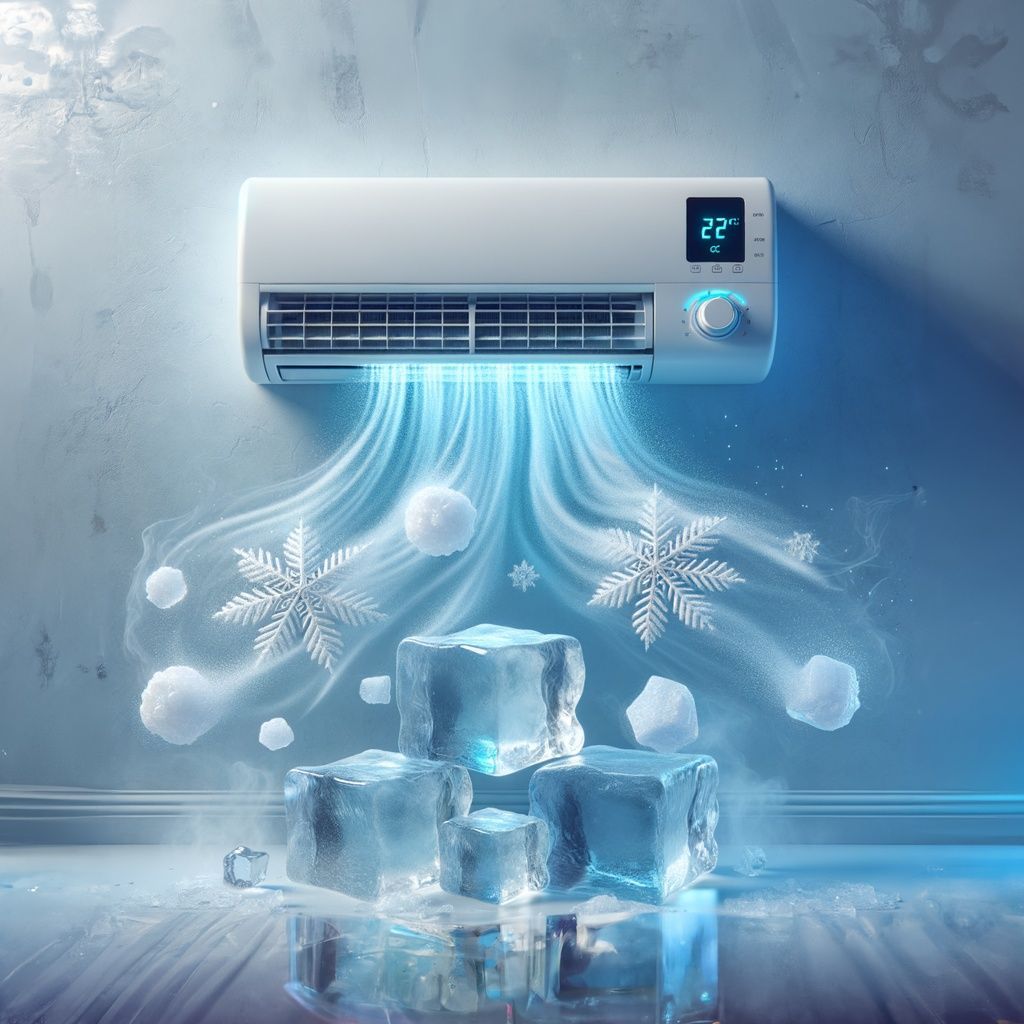
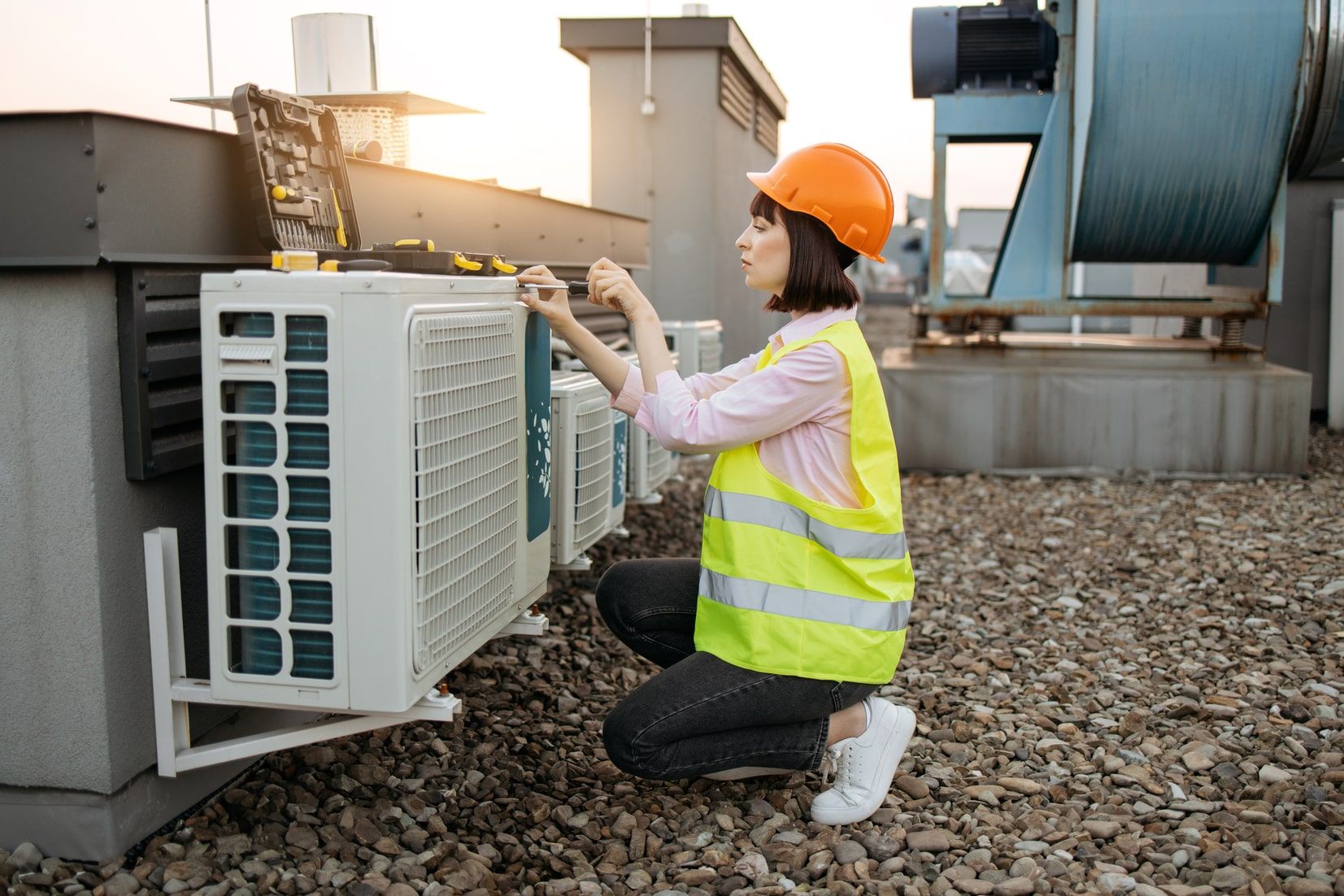
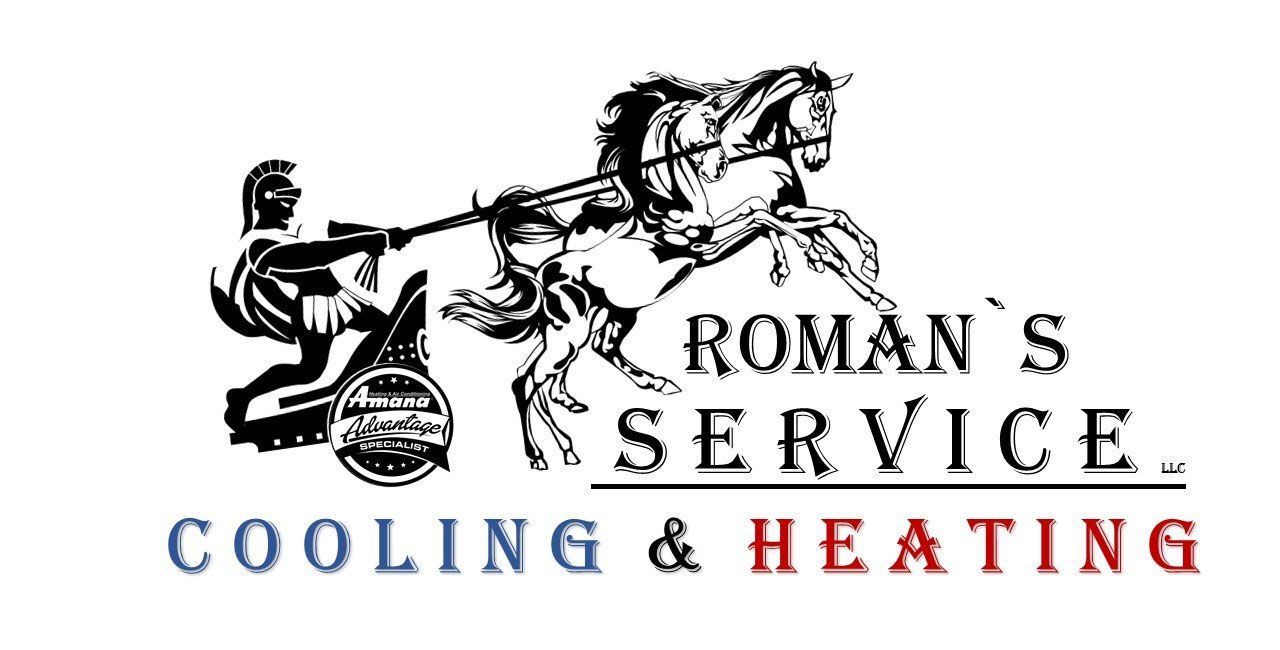
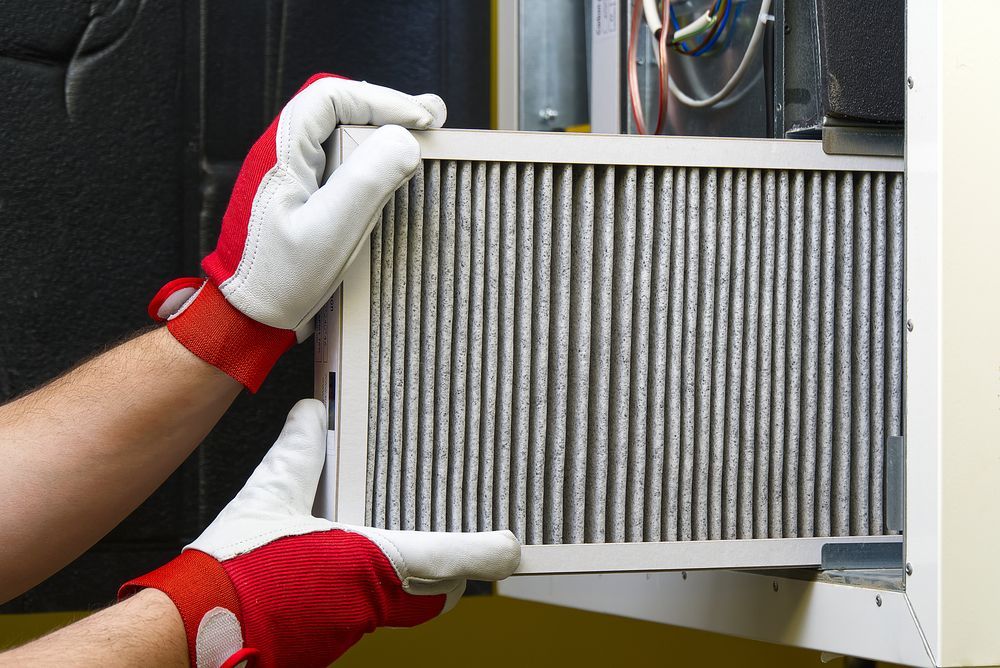
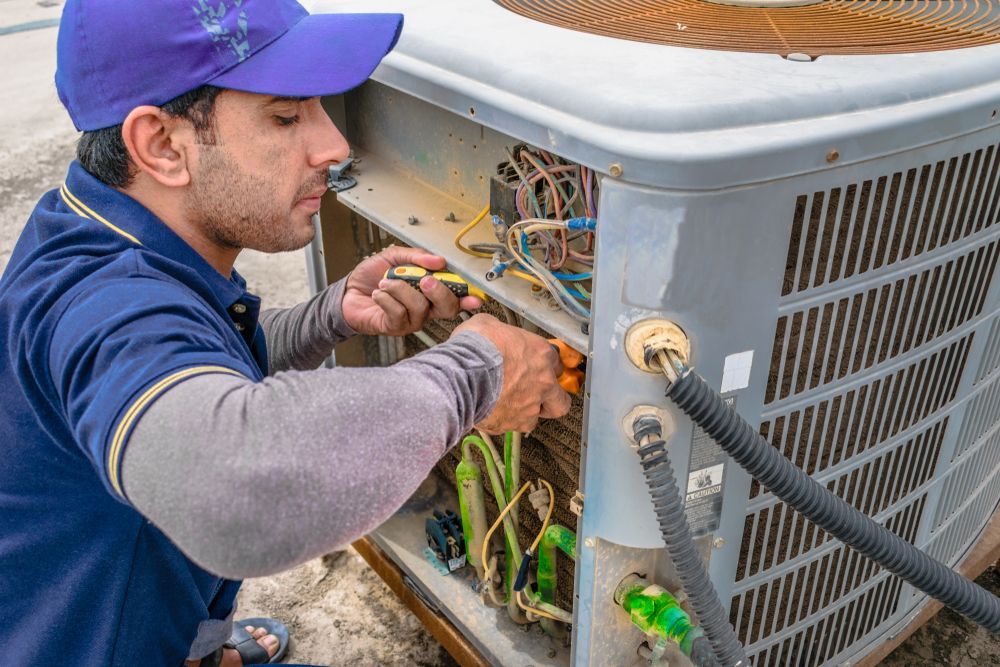
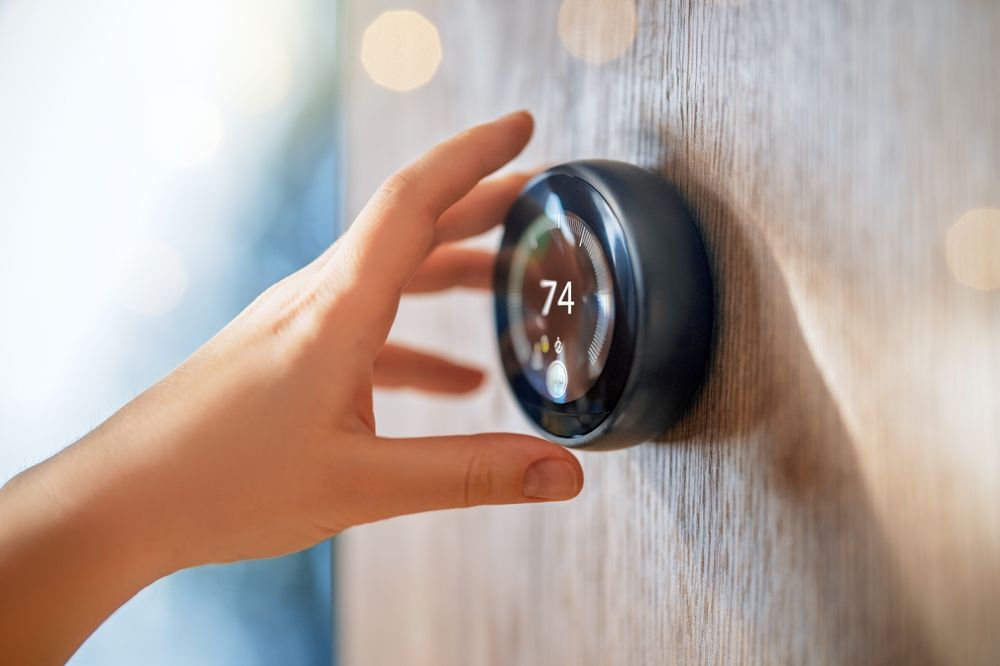

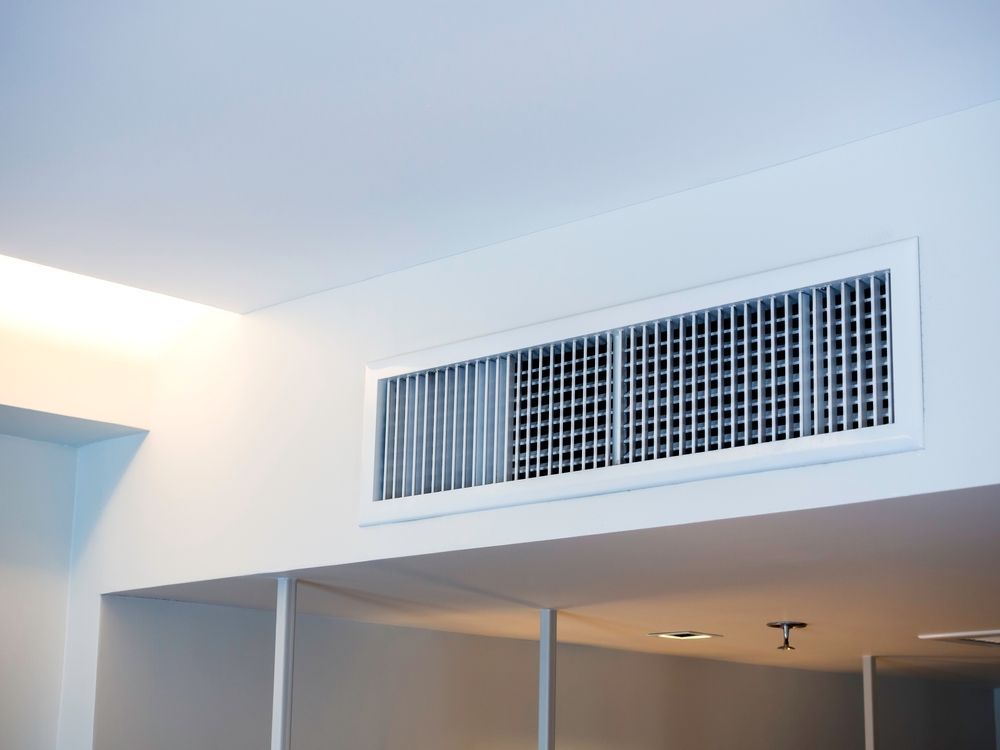
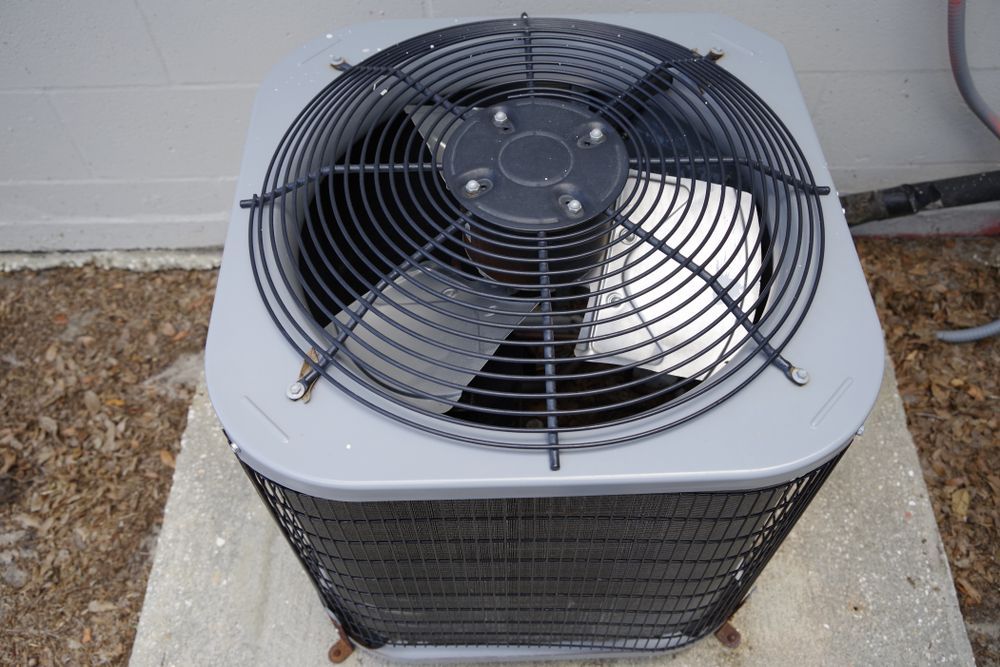
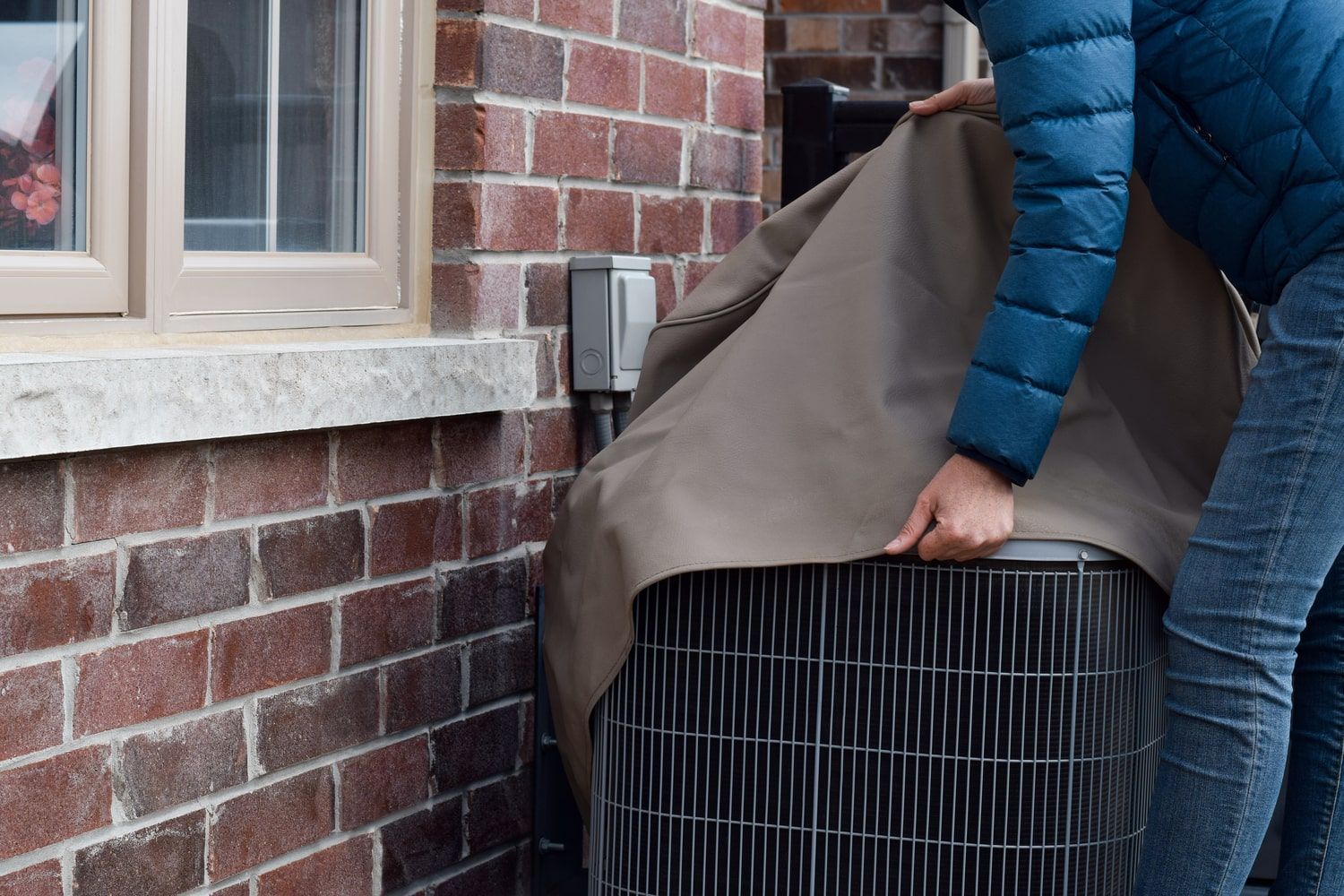
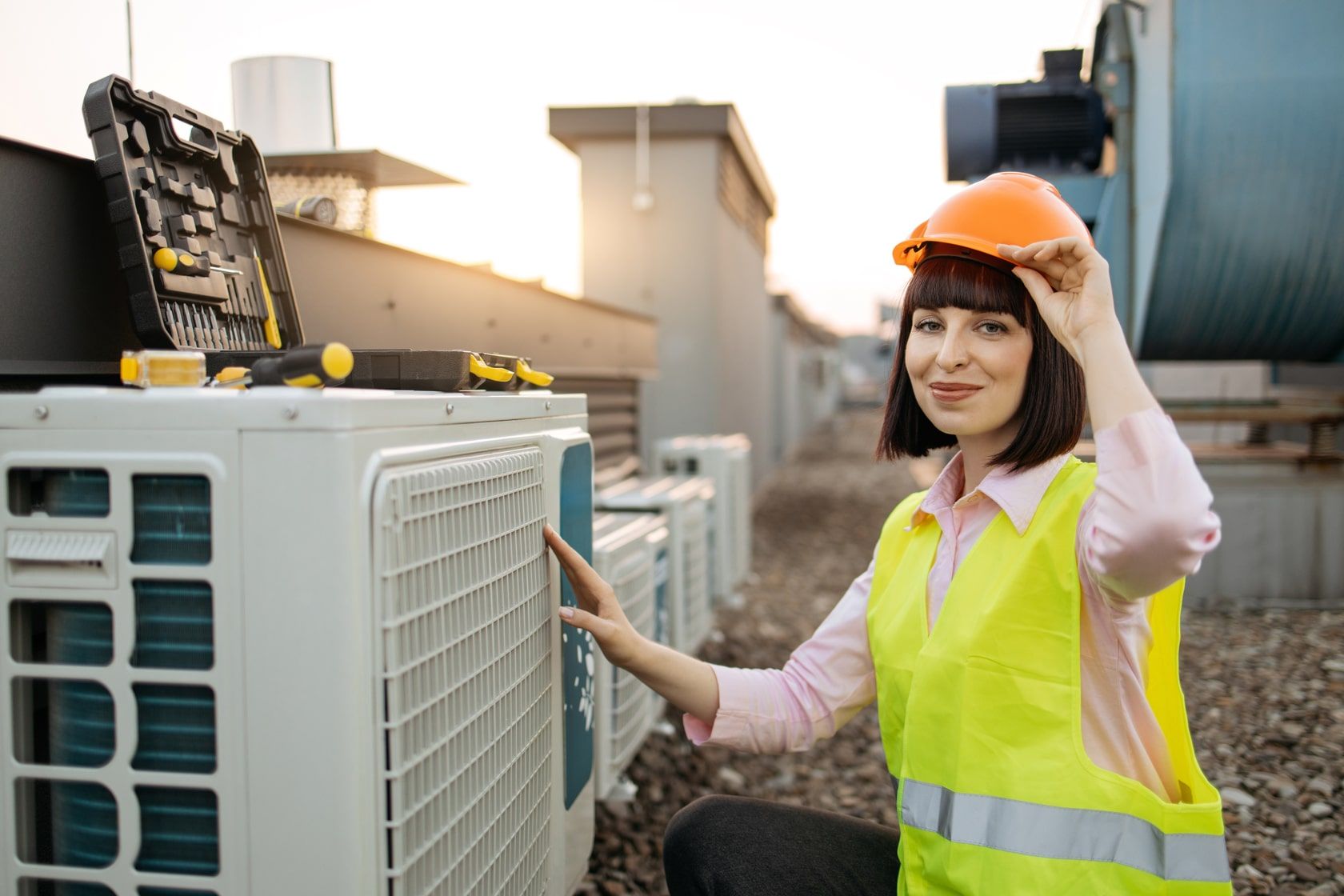
Share On: